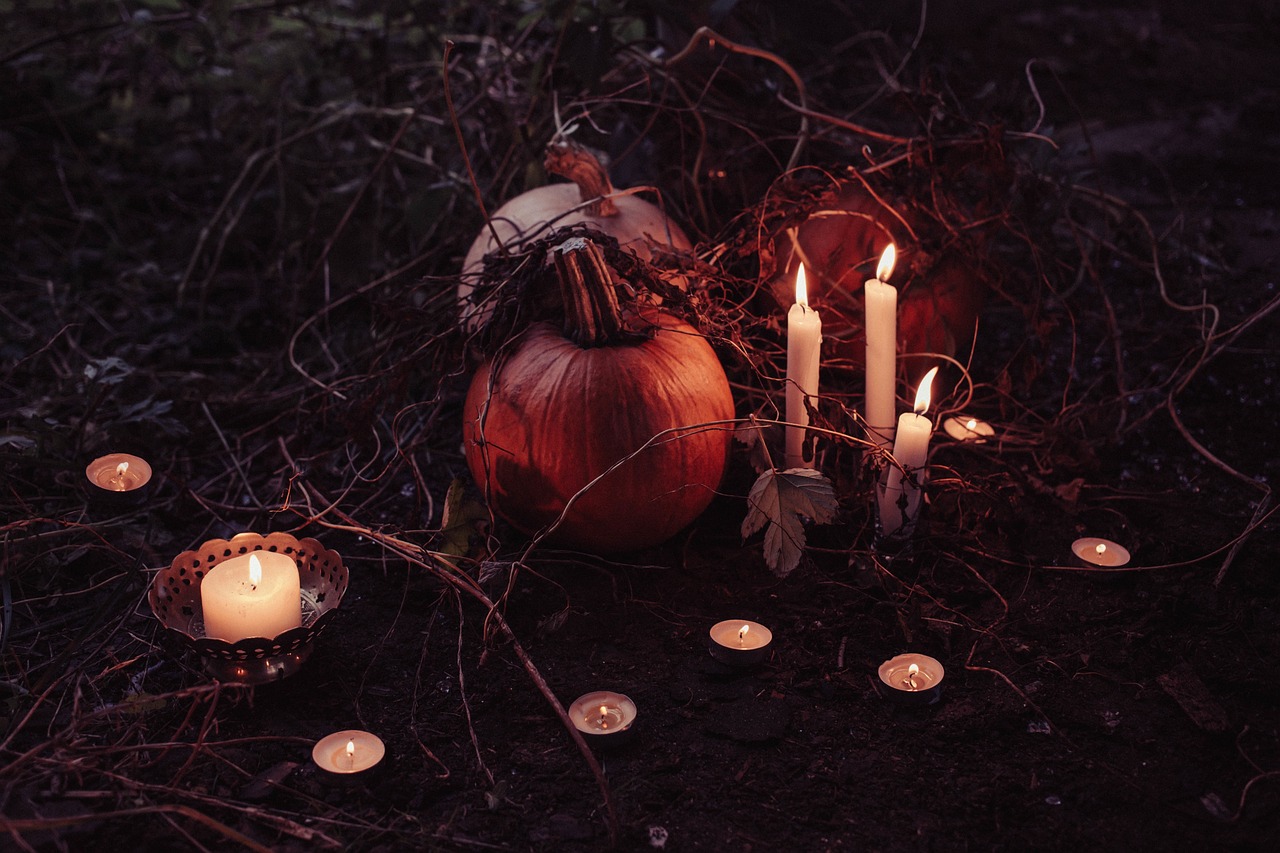The Dark History of Halloween: From Ancient Rituals to Modern Frights
Halloween, celebrated on October 31st, has evolved from ancient rituals into a commercialized holiday filled with costumes, candy, and spooky decorations. However, beneath the fun facade lies a complex and dark history that intertwines with ancient customs, religious beliefs, and cultural practices. Understanding this history reveals the haunting origins of Halloween and how it has transformed over the centuries.
Ancient Roots: Samhain and the Celts
Halloween’s roots can be traced back to the ancient Celtic festival of Samhain, celebrated over 2,000 years ago in what is now Ireland, the UK, and northern France. Samhain marked the end of the harvest season and the onset of winter, a time when the boundary between the living and the dead was believed to blur. The Celts believed that on the night of October 31st, the spirits of the dead would return to earth, leading to a celebration filled with both reverence and fear.
During Samhain, communities would light bonfires to honor the dead and ward off malevolent spirits. People donned costumes made of animal skins and masks to disguise themselves, believing it would protect them from ghostly encounters. The festival was both a time of festivity and a moment of profound contemplation on mortality and the supernatural.

The Influence of Roman Traditions
As the Romans conquered Celtic territories, they integrated their own festivals with Samhain traditions. Two significant Roman festivals, Feralia and Pomona, contributed to the evolution of Halloween. Feralia honored the dead, while Pomona celebrated the goddess of fruit and trees. The merging of these customs with Samhain laid the groundwork for Halloween’s duality of honoring the dead and celebrating the harvest.
The Christianization of Halloween
By the 8th century, the Christian church sought to replace pagan traditions with Christian ones. Pope Gregory III designated November 1st as All Saints’ Day, a time to honor saints and martyrs. The night before, October 31st, became known as All Hallows’ Eve, which eventually morphed into Halloween. This transition was marked by a blending of pagan and Christian customs, as people continued to celebrate with bonfires, costumes, and rituals to appease spirits.
However, the church’s influence didn’t erase the darker aspects of the holiday. Many traditions surrounding Halloween were imbued with superstitions and fears of the supernatural. People believed that witches and other malevolent beings were particularly powerful on this night, and tales of witch hunts began to surface in the centuries that followed.
The Rise of Witch Hunts
The late Middle Ages and the early modern period were rife with superstition, leading to widespread witch hunts. The fear of witchcraft reached a fever pitch in Europe and later in colonial America, where thousands of people—predominantly women—were accused of witchcraft and executed. Halloween, with its associations with the supernatural, became entwined with these fears.

This dark period saw the rise of grim rituals and practices surrounding Halloween, including the idea of divination and the belief that spirits could be summoned or manipulated. Games played during Halloween, such as bobbing for apples and lighting candles in carved turnips (the precursor to today’s jack-o’-lanterns), were often intended to reveal insights about the future, reflecting the deep-rooted fears and hopes tied to the supernatural.
The Transformation into a Secular Holiday
As the centuries progressed, Halloween began to evolve into a more secular holiday, particularly in the United States. In the 19th century, Irish immigrants fleeing the Great Famine brought their Halloween customs to America, where they merged with other cultural traditions. The focus shifted from the supernatural to more community-oriented celebrations, featuring parties, parades, and trick-or-treating.
However, traces of the darker history remained. The act of “trick-or-treating” can be linked to the ancient practice of “souling,” where the poor would go door-to-door on All Hallows’ Eve, offering prayers for the dead in exchange for food. This practice highlighted the continued interplay between the living and the dead, a theme that resonates with Halloween’s origins.
The Commercialization of Halloween
Today, Halloween is a multi-billion dollar industry, characterized by elaborate costumes, haunted houses, and candy sales. The modern celebration often downplays its dark roots, focusing instead on entertainment and fun. Yet, this commercialization can sometimes overshadow the holiday’s deeper meanings and historical significance.
The blending of horror films, urban legends, and folklore has also contributed to Halloween’s eerie ambiance. Haunted attractions draw on the darker aspects of the holiday, reminding us that fear and fascination with the supernatural are integral to the Halloween experience.
Conclusion: Embracing the Darkness
As we celebrate Halloween today, it’s essential to acknowledge its rich and dark history. From ancient rituals honoring the dead to modern-day celebrations filled with fright and fun, Halloween serves as a reminder of our enduring fascination with the supernatural. While the ghosts of the past may have faded into the background, their influence remains, echoing through our costumes, traditions, and the ever-present thrill of a good scare. So, as you carve your jack-o’-lantern or plan your spooky costume, take a moment to reflect on the eerie history that makes Halloween a night unlike any other.
